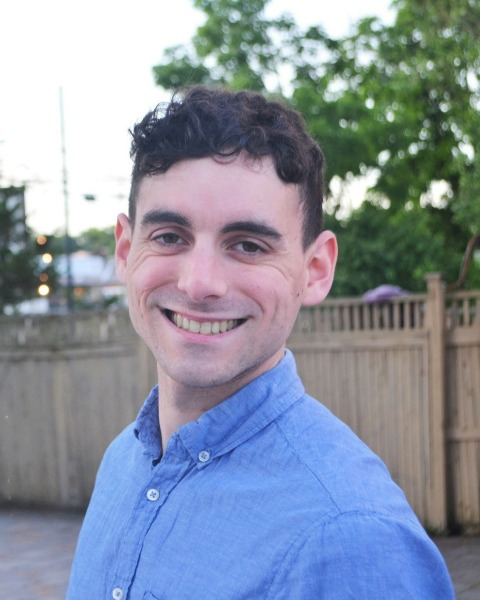Symposia
LGBTQ+
3 - (SYM 39) Fearing Judgment from Outside and Within: Heterosexist Stigma and Intraminority Stigma Predict Social Anxiety Symptom Severity over Time Among Gay and Bi+ Men

Benjamin F. Shepherd, M.S., M.Ed. (he/him/his)
Nova Southeastern University
Dania Beach, Florida, United States- RL
Roberto López Jr., Ph.D. (he/him/his)
Postdoctoral Fellow
Department of Psychiatry and Biobehavioral Sciences, University of California, Los Angeles
Los Angeles, California, United States - JM
Janell Mensinger, Ph.D. (she/her/hers)
Associate Professor
Department of Clinical and School Psychology, Nova Southeastern University
Fort Lauderdale, Florida, United States - PB
Paula M. Brochu, Ph.D.
Associate Professor
Nova Southeastern University
Fort Lauderdale, Florida, United States
Speaker(s)
Co-author(s)
Background: Social anxiety disorder is a mental health condition characterized by persistent anticipation, and avoidance, of social situations for fear of negative judgments from others. Minority stress theory posits that gay and bi+ (including bisexual, pansexual, queer, and other plurisexual) men are at increased risk for social anxiety disorder relative to heterosexual men due to sexual orientation-based (i.e., heterosexist) stigma. Though requiring study using longitudinal designs, intraminority stress theory suggests gay and bi+ men’s vulnerability to social anxiety is also due to status-based, competitive pressures related to other forms of identity-based stigma (e.g., age stigma, body stigma, racial/ethnic stigma, gender expression stigma, socioeconomic stigma, gay/bi+ nonconformity stigma) incited by other gay and bi+ men (i.e., intraminority stigma). The current study examined whether changes in exposure to heterosexist stigma and intraminority stigma predict changes in social anxiety symptom severity over time.
Method: A diverse sample of U.S.-based gay and bi+ men (N=395; Mage=36.32, SD=12.52, ages 18-81; 90% cisgender; 58% bi+; 53% non-Hispanic White) was recruited via Prolific. Participants completed self-report measures at baseline (Time 1) and three-month follow-up (Time 2). Models of within-person change from Time 1 to Time 2 were conducted using the SPSS MEMORE macro with available Wave 1 and Wave 2 data (data collection is ongoing).
Results: From Time 1 to Time 2, increases in heterosexist stigma predicted increases in social anxiety, b=.26, SE=.07, 95% CI [.1279,.3895]. Similarly, increases in multiple forms of intraminority stigma, concomitantly and independently, predicted increases in social anxiety, bs=.09-.26, SEs=.05-.07, 95% CIs [.0001—.1279,.1850—.3954]. Furthermore, the effect of time on changes in social anxiety was fully mediated by changes in heterosexist stigma, b=.02, SE=.01, 95% CI [.0083,.0474], and partially mediated by intraminority stigma, b=.01, SE=.01, 95% CI [.0016,.0320], particularly body stigma from other gay and bi+ men, b=.01, SE=.01, 95% CI [.0003,.0253].
Conclusion: Findings indicate that heterosexist stigma and intraminority stigma are associated with elevated social anxiety disorder risk over time among gay and bi+ men. These findings underscore the need for intervention and prevention efforts to consider how intersecting identities and systems of oppression shape gay and bi+ men's thoughts, feelings, and relationships outside and within the gay/bi+ community.

.png)
